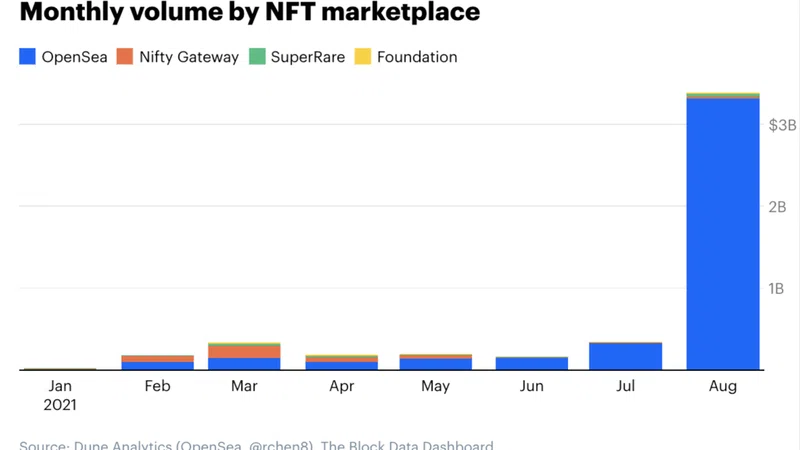Quantexa, the global data and analytics software company pioneering Contextual Decision Intelligence (CDI), today revealed the European findings from the landmark first ever Data in Context study. The independent report is based on interviews with 325 IT and data decision-makers across Financial Services, Insurance and the Public Sector in the UK, France, Netherlands and Spain.
The research shows that 95% of European organisations are hampered by the ‘data decision gap’, which is the inability to successfully bring together internal and external data needed to make accurate and trusted decisions. This is due to inaccurate and incomplete datasets, which ultimately impact a businesses’ bottom line.
The top three effects of inaccurate and incomplete data sets are:
- Regulatory scrutiny and compliance issues, 43%
- Missed customer experience opportunities and retention problems, 42%
- Resource drainage due to increased manual data workload, 42%
Strategic and operational decisions suffer when they are derived from poor, incomplete pictures that lack context. Quantexa’s study reveals that one in every two strategic and operational decisions does not take full advantage of the organisation’s data.
Vishal Marria, CEO and founder of Quantexa, said: “The pandemic has put data in the spotlight. Digitization has meant organisations face a tsunami of data, and many found they couldn’t take strategic advantage of the opportunity that connected data brings. Today’s organisations have all the data assets they need to make better decisions, but the data decision gap means they can’t extract meaning or value out of their data, as they can’t connect it to generate the single, accurate view needed.”
The three biggest problems: Data Foundation, Contextual Analysis, Automation
The report also delves into the three most impactful data issues for European businesses: data foundation, contextual analysis and automation.
Firstly, organisations typically struggle with establishing an enterprise-wide data fabric as the foundation to implement effective decision making. According to IDC, the installed base of enterprise storage is growing at an annualised rate of 31%, totalling 5,451 exabytes (EB) in 2025. If the data foundation is disjointed and incomplete, analytic models will become increasingly inaccurate and lack explainability.
Secondly, that data needs to be connected to create an overarching relationship to manage everything from enterprise risk through to customer experience. Without this, organisations can’t spot emerging patterns from real-life entities. For example, uncovering the real beneficiaries behind offshore companies, detecting fraudulent credit applications, or even discovering buying patterns that convert shoppers into long-term loyal customers.
Even when an organisation solves its issues surrounding contextual data analysis, the next question becomes how to do it at scale. The answer is automating decisions. Quantexa’s research discovers just 13% have already implemented successful automation initiatives in operational decisions, while 10% are yet to start the journey.
Contextual Decision Intelligence (CDI)
As a result of needing to capitalise on their data, many organisations (50%) are looking to incorporate modern entity resolution technology like Contextual Decision Intelligence (CDI), with 49% wanting to drive improvements in master data quality overall.
Vishal Marria continued: “Contextual Decision Intelligence (CDI) turns traditional data approaches on their head, connecting each datapoint to all others in the organization and external data sources. With this connected basis, decision makers can see a single view of customers, from which they can extract real-world intelligence and take action. Then, with the addition of Artificial Intelligence (AI), organizations can scale automated decisions across the business, freeing humans.”










